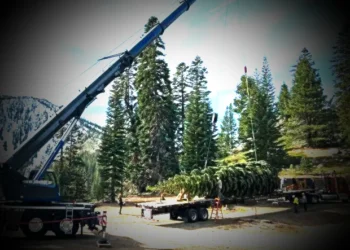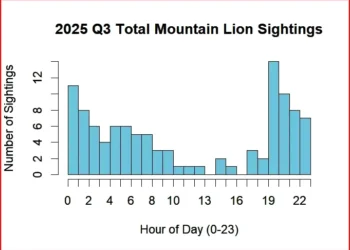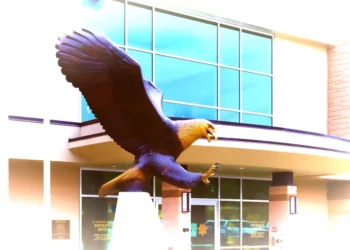El Dorado County, CA (Feb 4, 2025) – The monarch butterfly (Danaus plexippus), renowned for its striking orange and black wings, undertakes one of nature’s most remarkable migrations. In North America, two primary populations exist: those east of the Rocky Mountains, which migrate to Mexico for the winter, and those west of the Rockies, which traditionally overwinter along California’s central and southern coasts.
Recent data indicates a concerning decline in the western monarch population. The Xerces Society for Invertebrate Conservation reported that the number of monarchs wintering in the western United States has dropped to its second-lowest count in nearly 30 years, with only 9,119 individuals recorded—a 96% decrease from the previous year. Factors contributing to this decline include habitat loss, pesticide use, and climate change.
El Dorado County, situated in the Sierra Nevada foothills, plays a role in the monarch’s migratory corridor. Local conservation initiatives are underway to support and enhance monarch habitats. The Sierra Monarch Flyway project aims to reconstruct pollinator pathways throughout El Dorado and neighboring counties by establishing protected habitats on public lands, private estates, and operational farms. This effort seeks to provide continuous, nutritious forage for native pollinators and gather data to showcase enhanced migratory patterns along historical routes utilized by the Nisenan Tribes of the Sierra Foothills.
Residents can contribute to these conservation efforts by creating butterfly-friendly gardens. The UCCE Master Gardeners of El Dorado County offer resources on attracting monarchs, emphasizing the importance of planting native milkweed species, which serve as the sole food source for monarch caterpillars. Additionally, minimizing pesticide use and providing shelter and water sources can create a welcoming environment for these pollinators.
While the monarch population faces significant challenges, community involvement in habitat restoration and conservation can play a pivotal role in supporting their recovery. As Emma Pelton, an endangered species biologist with the Xerces Society, noted, “Insects do have the potential for exponential growth… this doesn’t mean we’re not going to have western monarchs. It’s hopefully a wake-up call that a bad year can set them back pretty … .”
By participating in local conservation initiatives and fostering butterfly-friendly environments, El Dorado County residents can contribute to the preservation of the monarch butterfly and its remarkable migratory journey.










